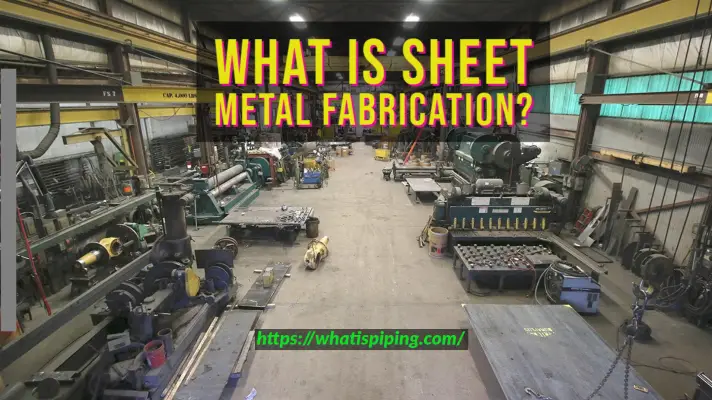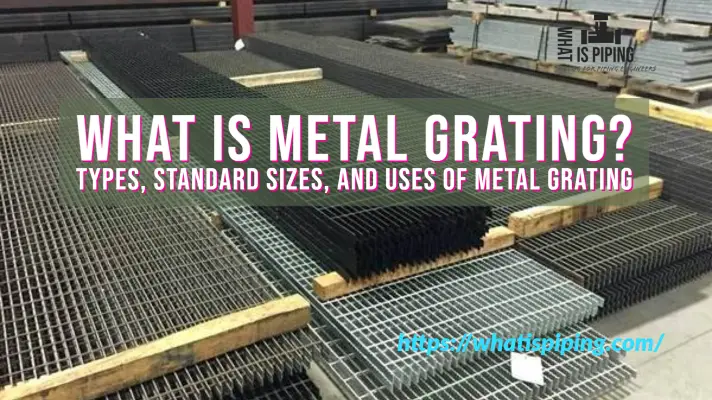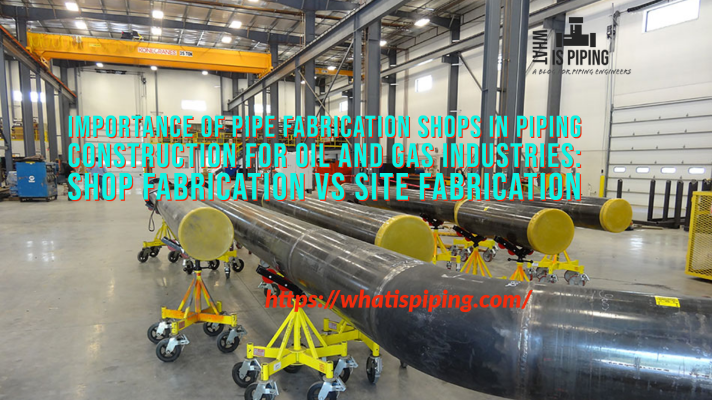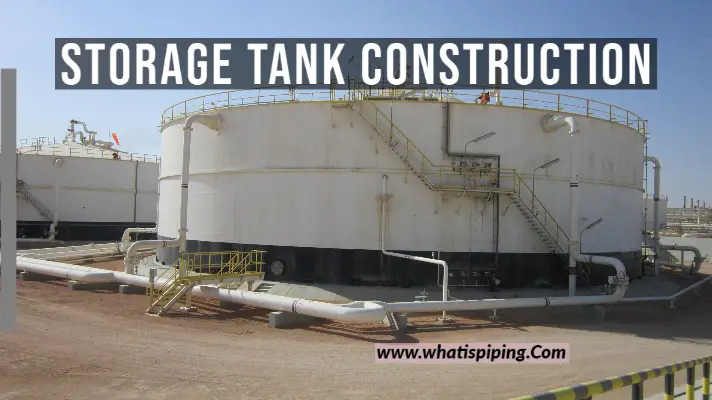When it comes to metal fabrication and construction, one term that frequently pops up is “mill finish.” If you’re unfamiliar with this term, you may be wondering what it means and why it is significant. In this article, we will explore the concept of mill finish, its characteristics, applications, and its importance in various industries. Let’s dive in and discover what mill finish is all about.
What is Mill Finish?
Mill finish refers to the surface finish of a metal product after it has been manufactured at the mill or factory. It is the raw, untreated surface that the metal possesses before undergoing any additional processes such as polishing, buffing, anodizing, or painting. In simpler terms, mill finish represents the state of the metal straight from the production line, often with a characteristic dull and rough appearance.
Characteristics of Mill Finish
Texture:
Mill finish surfaces are typically characterized by a slightly rough texture. This texture is a result of the manufacturing process, which involves rolling or extruding the metal into the desired shape. The surface may display minor imperfections, such as small scratches, tool marks, or oxidation spots, which are considered normal for a mill finish.
Color:
Mill finish can vary in color depending on the type of metal. Aluminum, for example, often exhibits a grayish hue, while stainless steel may appear slightly darker with a bluish tint. The color of the mill finish can also change over time due to natural oxidation or exposure to environmental elements.
Shine:
Mill finish surfaces lack the glossy or reflective appearance associated with polished or coated metals. Instead, they have a subdued, matte finish that does not reflect light as efficiently. This can be attributed to the absence of any surface treatment that enhances shine.
Applications of Mill Finish
Mill finish finds application in various industries and sectors due to its inherent properties. Some common applications include:
Architecture and Construction:
Mill finish metals, particularly aluminum and stainless steel, are widely used in architectural projects such as facades, roofs, window frames, and structural components. The natural, unprocessed appearance of the mill finish complements modern and industrial design aesthetics.
Industrial Equipment:
Mill finish is often employed in the manufacturing of industrial equipment, machinery, and components. Its rough texture can aid in grip and prevent slippage, making it suitable for handles, grips, and surfaces that require a non-slip finish.
Automotive:
Mill-finish aluminum is utilized in the automotive industry for various applications, including trim, body panels, and structural components. The lightweight and corrosion-resistant nature of aluminum makes it an ideal choice for mill finish surfaces in automotive manufacturing.
Importance of Mill Finish
Cost-Effectiveness:
Mill finish products are generally less expensive compared to their polished or coated counterparts. The absence of additional treatments reduces manufacturing costs, making mill finish an attractive option for budget-conscious projects.
Customization Potential:
Mill finish surfaces serve as a blank canvas for customization. They can be further processed or coated according to specific requirements, allowing for a wide range of finishes and appearances. This versatility makes mill finish a preferred choice for manufacturers and designers who seek flexibility.
Corrosion Resistance:
Mill finish metals, such as aluminum and stainless steel, possess inherent corrosion-resistant properties. This makes them suitable for outdoor applications where exposure to moisture, UV radiation, and other elements may occur.
Mill Finish Aluminum
Mill finish aluminum refers to aluminum products that have not undergone any surface treatment or additional finishes after being produced at the mill. It is the raw, untreated surface of aluminum that exhibits a characteristic dull and slightly rough appearance. Mill finish aluminum is often used in architectural applications, such as window frames, roofing, and structural components, due to its affordability, corrosion resistance, and compatibility with modern design aesthetics.
Mill Finish Stainless Steel
Similar to mill-finish aluminum, mill-finish stainless steel refers to stainless steel products that have not received any surface treatment or finishing processes after being manufactured at the mill. Stainless steel with a mill finish typically displays a slightly darker color with a bluish tint and a matte surface. This untreated surface is often preferred for applications that require corrosion resistance, durability, and a contemporary aesthetic, such as architectural elements, kitchen appliances, and automotive components.
Mill Finish Metal Roof
A mill-finish metal roof refers to a roof made of metal sheets or panels that have a raw, untreated surface straight from the manufacturing process. These metal roofs are often made from aluminum, galvanized steel, or coated steel. Mill-finish metal roofs are characterized by their matte appearance and subtle texture. They provide excellent durability, weather resistance, and a low-maintenance option for residential, commercial, and industrial buildings.
Steel Mill Finish
Steel mill finish refers to the untreated surface of steel products directly from the steel mill. It is the result of the rolling or extrusion process used to shape the steel. Steel with a mill finish usually has a slightly rough texture, small imperfections, and a grayish appearance. Mill finish steel finds applications in various industries, including construction, manufacturing, and automotive, where its strength, versatility, and cost-effectiveness are valued. Additional processes, such as galvanizing, coating, or painting, can be applied to the mill finish steel based on specific requirements and desired outcomes.
In summary, mill-finish aluminum, mill-finish stainless steel, mill-finish metal roofs, and steel mill finish all refer to untreated surfaces of respective metals straight from the manufacturing process. These raw surfaces provide a foundation for further customization, exhibit specific characteristics, and are widely used in various industries for their unique properties and cost-effectiveness.
Conclusion
Mill finish is an essential concept in metal fabrication, defining the untreated surface of a metal product directly from the manufacturing process. Its characteristics, including texture, color, and lack of shine, make it suitable for various applications in industries such as architecture, construction, industrial equipment, and automotive manufacturing. Understanding mill finish’s cost-effectiveness, customization potential, and corrosion resistance highlights its importance and demonstrates why it remains a popular choice in numerous projects. Whether you’re considering a sleek, modern aesthetic or require a functional and affordable solution, mill finish provides a foundation for further customization and successful implementation.








